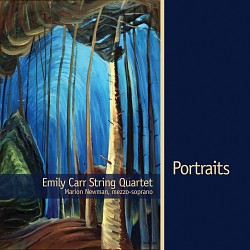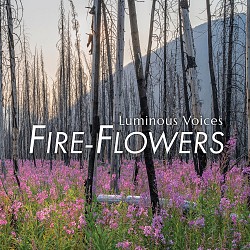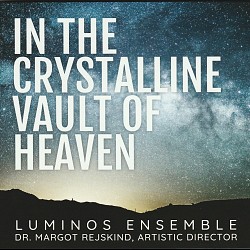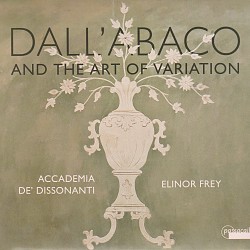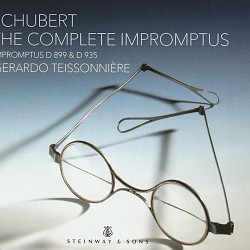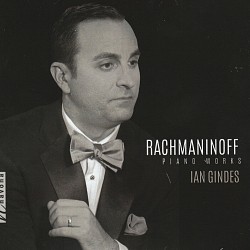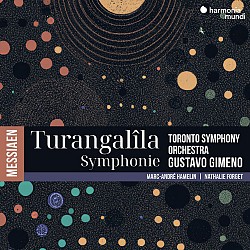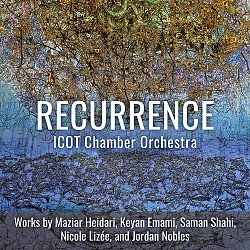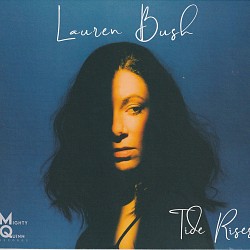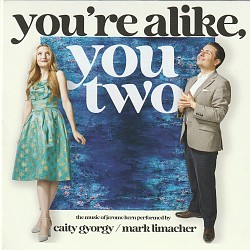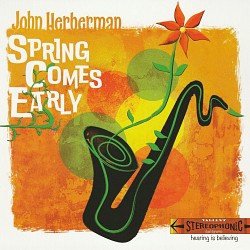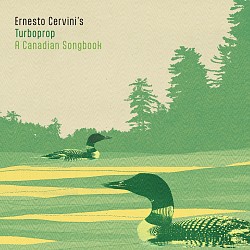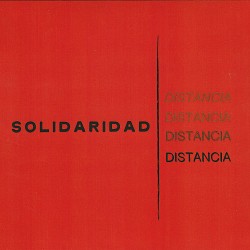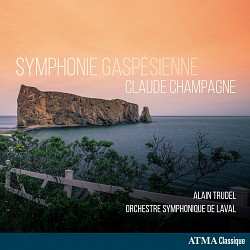Dai Fujikura: Glorious Clouds - Various Artists
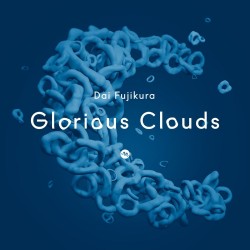 Dai Fujikura – Glorious Clouds
Dai Fujikura – Glorious Clouds
Various Artists
Minabel (daifujikura.com/#discography)
Read the Review
(Excerpt; read full review here)
Prolific London-based Japanese composer Dai Fujikura (b.1977) used to dream of composing music for the movies. His studies at Trinity College of Music of the scores of Pierre Boulez, Tōru Takemitsu and György Ligeti, however, propelled him decisively in another direction: toward the concert stage. Fujikura’s compositions have since been championed by musical notables including the London Sinfonietta, Ensemble Intercontemporain, Boulez and many others. In Toronto, Arraymusic, Thin Edge New Music Collective and the University of Toronto’s Faculty of Music coproduced the Dai Fujikura: Mini Marathon concert in 2020, showcasing “one of the most active composers on the international stage.”
At close to two and a half hours of music, Fujikura’s ambitious album Glorious Clouds comprises 15 substantial works for orchestra, ensembles and soloists, embracing concerti, chamber music, art song, instrumental solos and electronic genres. Sadly, I can only touch on a few samples of this rich musical horde here.
The impressive orchestral Glorious Clouds, evocatively performed by the Nagoya Philharmonic Orchestra, was inspired by the interconnected microbiomic networks found everywhere on Earth, rather than by the atmospheric phenomena suggested by the title. Recounts the composer: “I thought, Ah!!! Various small microorganisms make the survival of the whole world possible – just like processes within an orchestra.” Glorious Clouds maintains a dynamic tension between floating, swirling sonic textures and an overall harmonic structure and thematic progression. My ear was initially reminded of Debussyan orchestral sonorities and colours, yet soon enough Fujikura’s emerging strident effects, sonic shapes teetering on melody, plus novel orchestration and formal balances were reminders that we’re in another century entirely.
Sparkling Orbit for electronics and electric guitar follows, incisively performed by Daniel Lippel. Opening with atmospheric passages, it turns abrasive and edgy, the guitar repeating in the last section a rhythmically complex distorted chime-like overtone pattern over electronic craquelure. Serene, derived from Fujikura’s Recorder Concerto, is quite distinct again. Its three solo movements are given a powerfully dramatic performance by recorder virtuoso Jeremias Schwarzer on three contrasting recorders. I found the middle movement opening, scored for the sopranino, evocative of the nohkan, the characteristically bracing, high-pitched Japanese transverse bamboo flute commonly played in Noh and Kabuki theatre. While a recent work, I can see Serene being widely adopted as a standard recital piece; it’s that good.
Finally for this review, Motion Notions features Mari Kimura’s brilliant violin playing. In addition, she’s also strapped a motion sensor to her bow arm wrist. It sounds like it controls various types of synthesized sounds and perhaps also live processing. The result is an interactively polyphonic, slithery texture, an unusual, and very effective, musical dialogue between the violinist’s acoustic music and the electronic sounds directed by her motion sensor. It’s another album favourite of mine.

